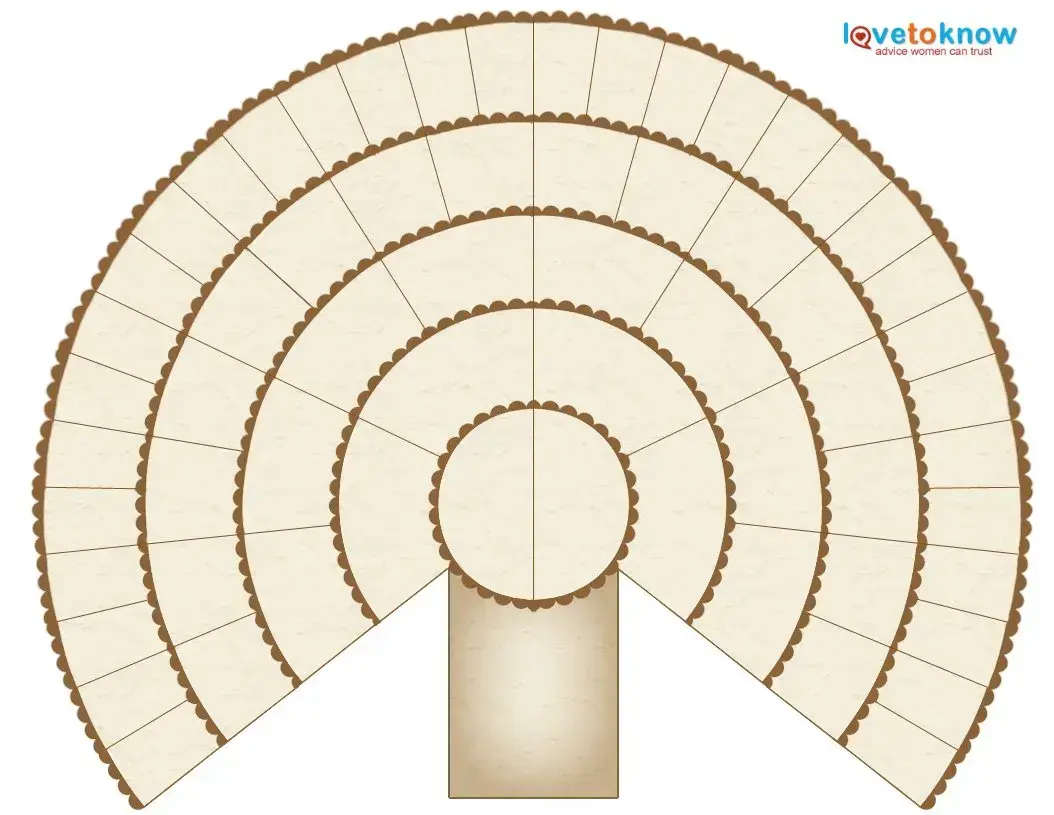The Pedigree Chart is a staple in genealogy, similar to the Fan Genealogy form, in that it focuses on an individual’s ancestry. This chart typically presents a direct line of descent from an individual, showcasing parents, grandparents, and great-grandparents. Unlike the fan format, which spreads outward, a pedigree chart generally progresses in a linear fashion, making it easy to follow family lines directly up through the generations. This clarity is helpful for tracking direct ancestry without the added complexity of lateral family connections.
A Family Group Sheet serves as another valuable document in genealogical research. It is designed to capture information about a specific family unit, including parents and their children. While the Fan Genealogy form emphasizes a broader ancestry view, the Family Group Sheet zeroes in on one family's details, providing space for vital statistics such as birth, marriage, and death dates. This document fosters a deeper understanding of familial relationships and dynamics.
The Research Log is crucial for genealogists, as it helps trace sources and findings. It doesn’t map out family lines like the Fan Genealogy form does, but it keeps track of what research has been conducted. This organization aids in avoiding duplication of effort while providing a structured method for citing where information was obtained, ensuring that researchers can build upon their work without losing vital data or direction.
Time Lines offer a chronological perspective, which relates closely to the lineage represented in the Fan Genealogy form. A time line typically lays out significant events in a person’s life and their ancestors’ lives, aligning those events with historical context. This timing aspect can effectively illustrate the progression of generations and show how historical events may have impacted family lines.
The Census Records are invaluable for genealogy research and share similarities with the Fan Genealogy form in the sense that both allow researchers to uncover family connections across generations. Census Records list households and individuals during given years, providing insights into family structures. They often reveal changes in family situations over time and can establish links to previous generations, akin to the broader connections depicted in the Fan format.
Another essential document is the Descendant Chart. Though it might seem a bit offbeat compared to the Fan Genealogy form, it tracks the descendants of an individual, moving downward through various generations. This chart facilitates a different perspective, allowing users to identify living relatives and understand how a single ancestor's lineage branches out. It offers a reverse view compared to the fan shape, yet both documents serve to clarify familial connections.
Obituary Collections play an integral role in genealogical research, providing insights that can enrich the information found in the Fan Genealogy form. They often contain critical data points such as birth dates, family members, and places of origin. By analyzing these reports, individuals can uncover hidden family stories and important details that might not have been formally documented elsewhere, thus enhancing their understanding of ancestral ties.
Lastly, the Family Tree provides a broader view that directly correlates with the Fan Genealogy form. It showcases an individual’s entire ancestry and descendants, similar to the way the Fan form radiates outward from a central individual. While a Family Tree can be depicted in many styles, including as a wall chart or in digital formats, both serve the primary purpose of visually representing family connections. This makes them accessible and engaging visual aids for anyone delving into their history.

